Bobcat Ranch is in Yolo County, just west of Lake Berryessa. The ranch was acquired by Audubon in 2007 ¹, and focuses on conservation efforts for blue oak woodlands and honoring California’s pastoral heritage ². Bobcat Ranch has experienced wildfires each summer from 2013 to 2018 ¹, and has been actively reducing fuel loads and changing cattle grazing routines to prevent these fires in the years to come. As discussed in Wildfires and the Blue Oak Woodlands at Bobcat Ranch, the fires can have “negative impacts on native vegetation, soils, and infrastructure. ³” This article will cover the effects that wildfires have on varying habitat types at Bobcat Ranch as well as the importance of supporting biodiversity for select priority bird species.
Historically, wildfires were considered normal and as nature’s way to preserve native vegetation that sustained the ecosystem as a whole. European settlers and native Americans used controlled fires to improve land access and clear land for agriculture. Communities began to form, and by the early 20th century, suppressing fire became official US federal policy ⁴. The issue with fire suppression over the years is that invasive species thrive, dense vegetation builds up in the undergrowth of forests and wildfires easily become catastrophic. With such frequent and damaging wildfires, it is of high priority that Bobcat Ranch manages wildfire risk and “reduce negative ecological consequences. ⁵” They are taking action that contradicts California’s past of being strongly pro-fire suppression ⁶, by using prescribed burns in priority areas which have “a high concentration of non-natives vegetation species, and areas which have not burned for 10+ years” ⁵.
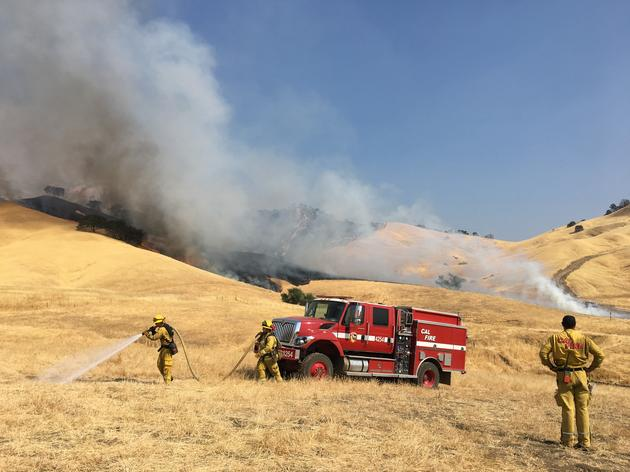
As fires have raged through this land, invasive plant populations have grown two-fold from 20% to over 40% of the total vascular plant make up between 2015 and 2017. This increase in non-native plants limits the diversity in a healthy herbaceous layer, which birds are dependent on to nest, produce food for chicks, and support prey populations of rodents and insects ⁵. This environmental health is especially crucial for the ten priority bird species at Bobcat ranch with dwindling populations statewide that are abundant, easy to monitor, and highly affected by grazing and other environmental threats. These ten species are: California Quail, American Kestrel, Red-tailed Hawk, Acorn Woodpecker, California Scrub-Jay, Western Kingbird, Western Bluebird, Lark Sparrow, Grasshopper Sparrow, and Western Medowlark.
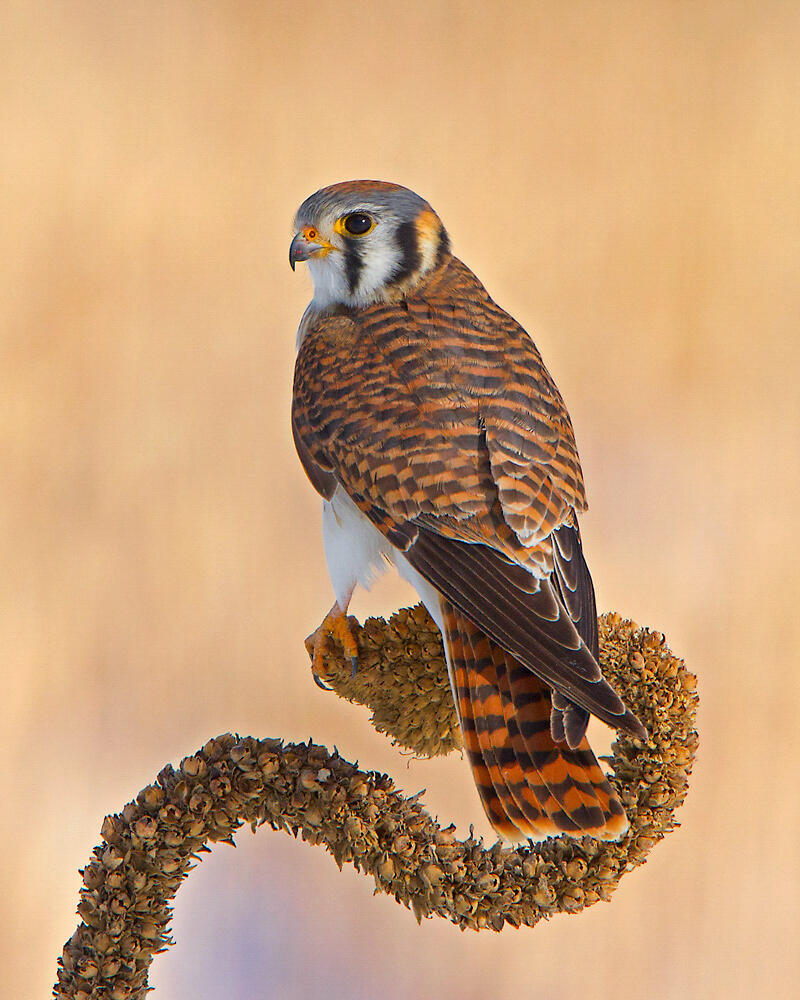 |
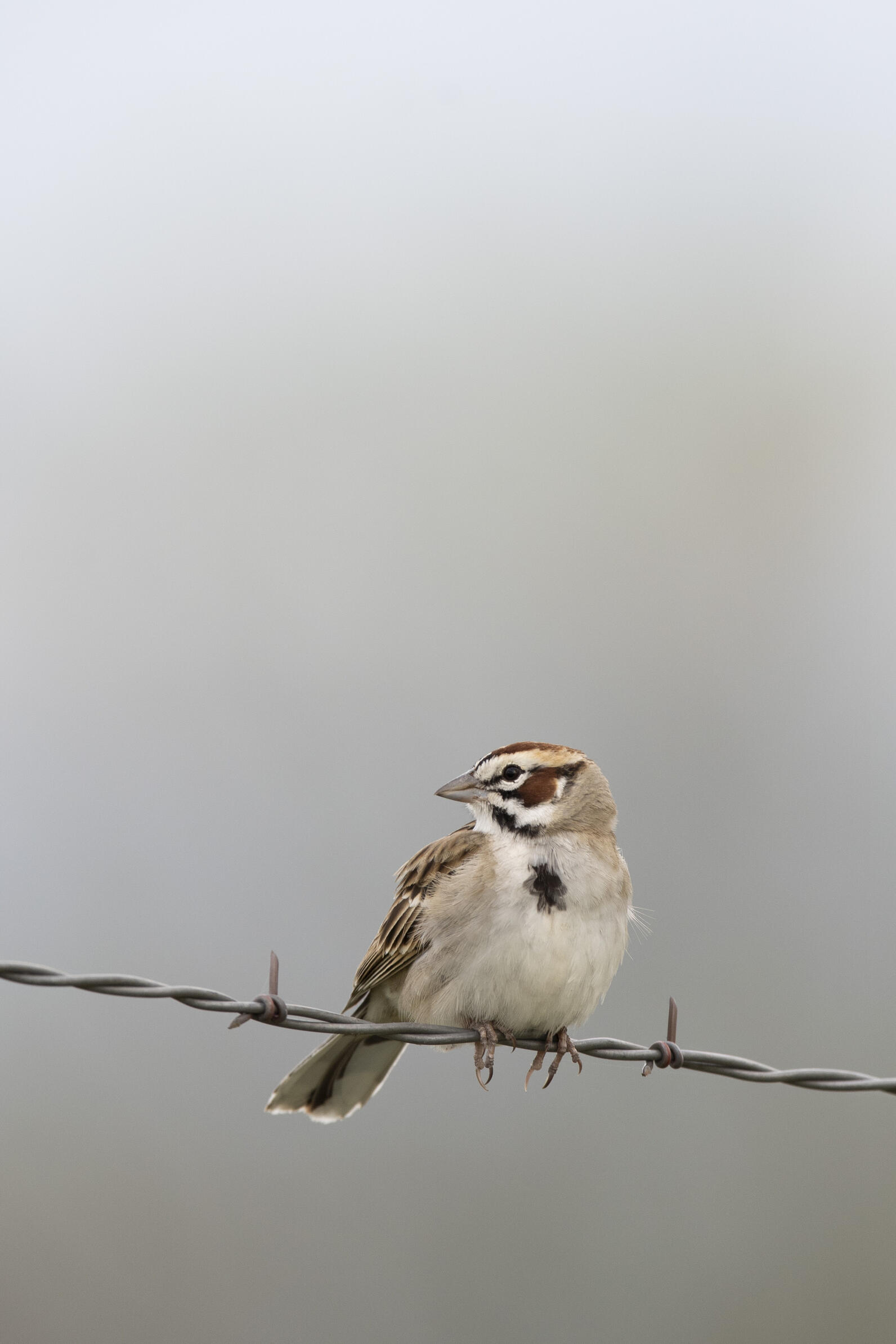 |
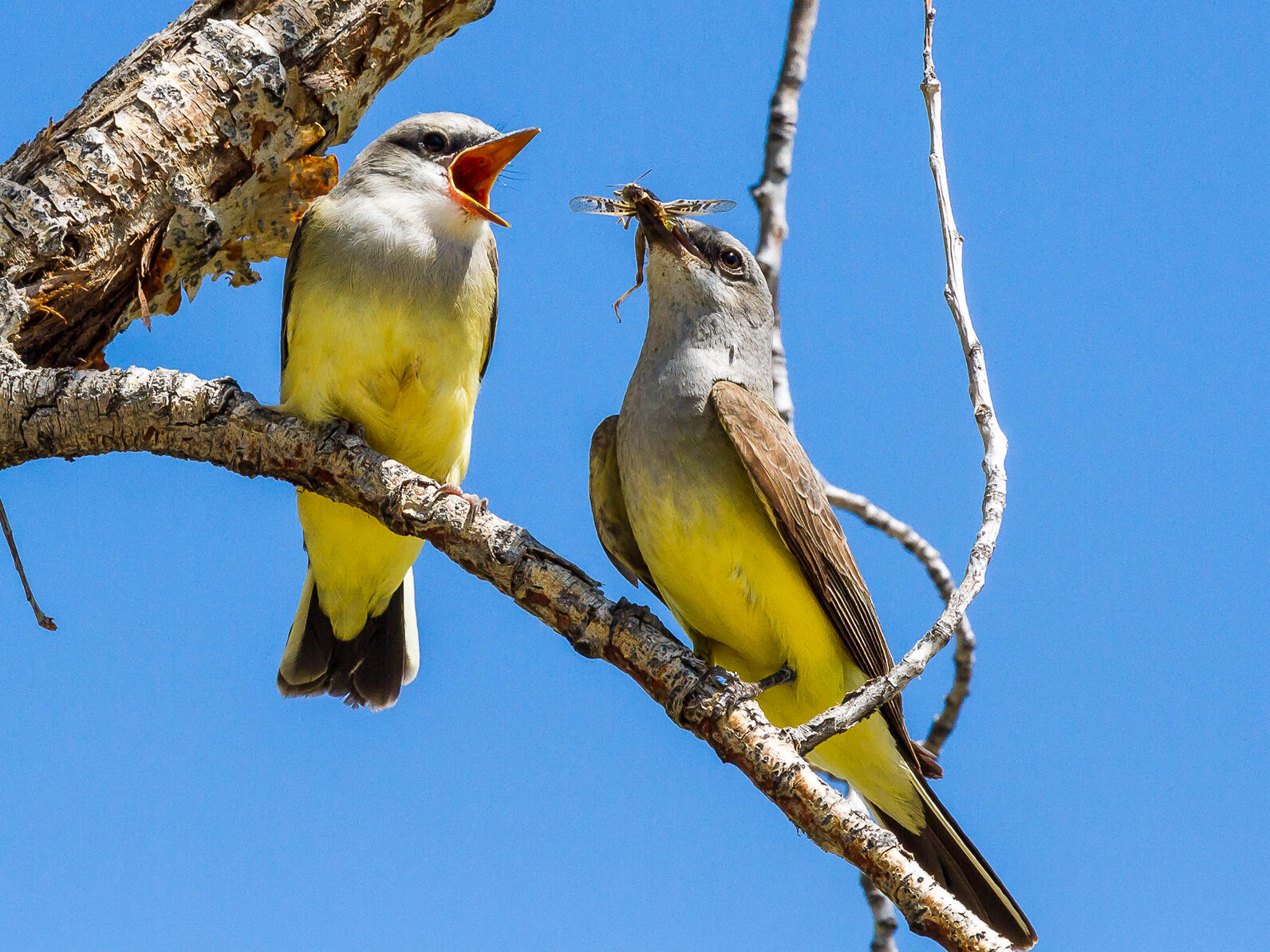 |
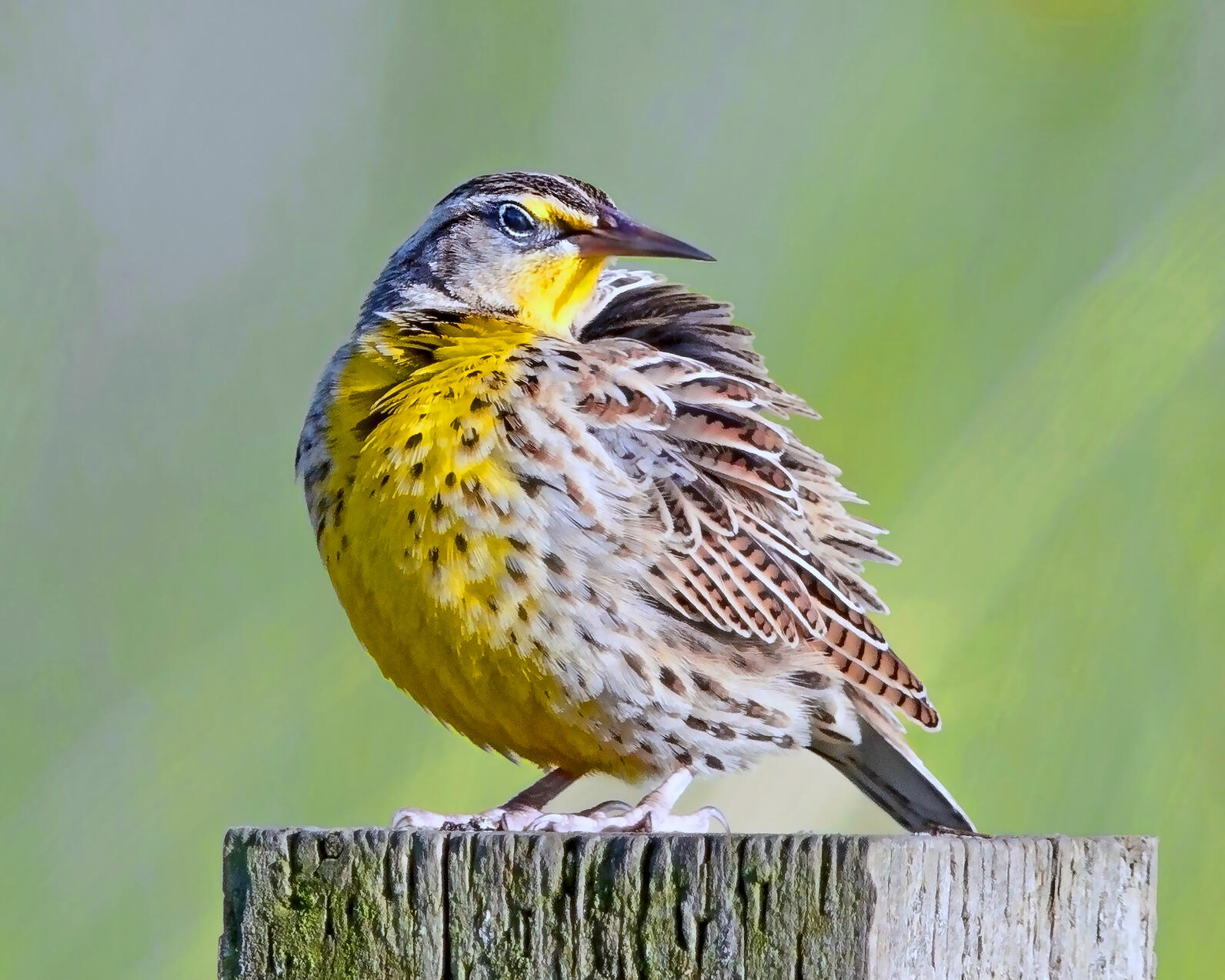 |
Bobcat Ranch consists of various habitats, with an estimated 25% grasslands, 66% oak and mixed-hardwood woodlands, and 9% chaparral. ⁵ However, this data is from 2014 before the majority of disastrous wildfires on the ranch. It would be expected that there’s currently less chaparral, which is fire sensitive and slow to grow back, and that Blue Oak Woodlands would be shifting closer towards an oak savanna habitat, since oaks younger than 12 years old burn easily. These environmental shifts harm biodiversity within native plant life, thus also harming the herbaceous layer that birds and other creatures rely on.
These few plants are the most common at Lindeman Flat on Bobcat Ranch, and representative of wildfire’s effects on their habitat type. Filago, filaree and cat’s ear are all annual forb, these plant’s populations have been decreasing annually. Wild oat is the most common annual grass, which remains at a constant population, and the most common invasive is medusahead which steadily grows in population annually. In addition, gray pine, pacific madrone and blue oak show a sample of trees that grow on the ranch and in similar Blue Oak Woodland ecosystems.
| Filago is a genus of plant in the sunflower family and native to North America. Grows in bare, rocky or grassy places, drainages. |
Filaree is a nonnative herbaceous annual plant. Grows in open, disturbed sites, grassland, shrubland. |
Cat’s ear is a nonnative plant from the sunflower family. Grows in disturbed areas. |
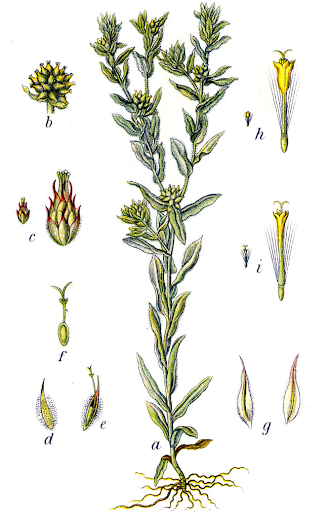 |
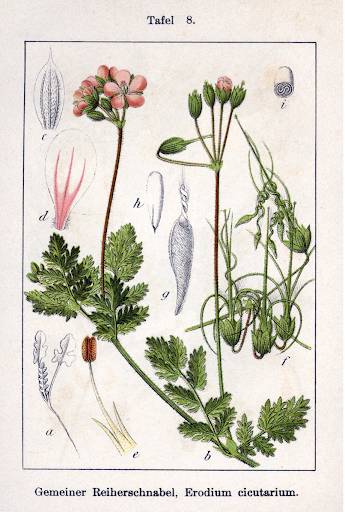 |
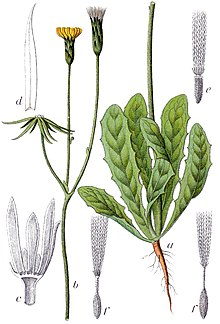 |
Sources :








